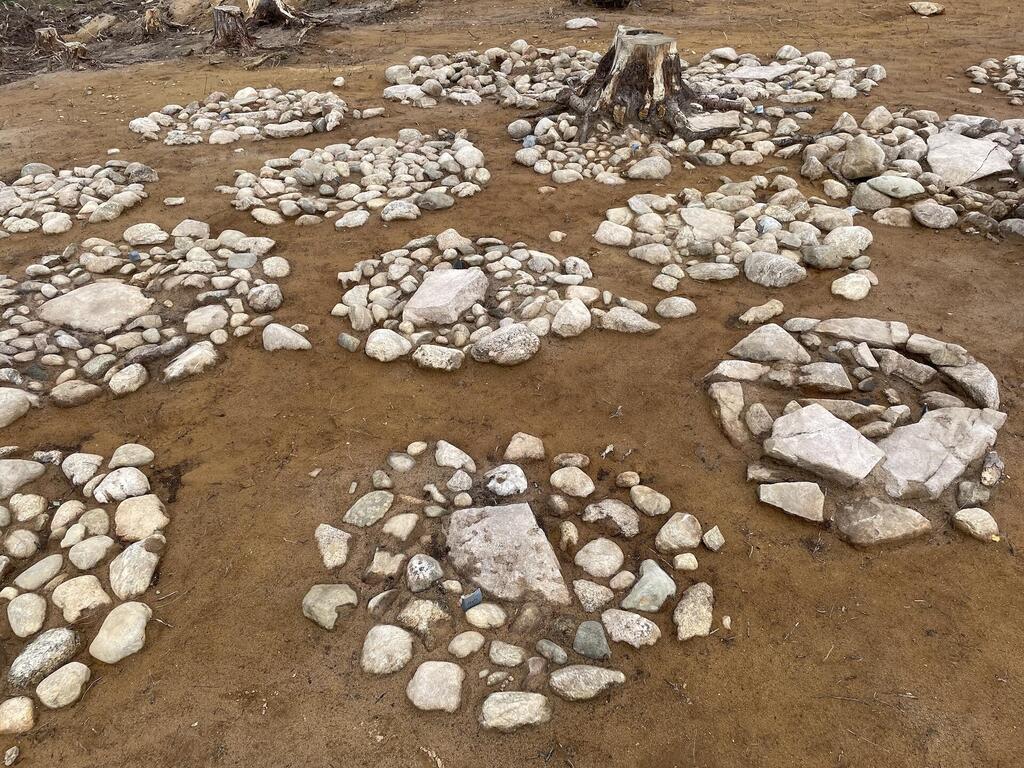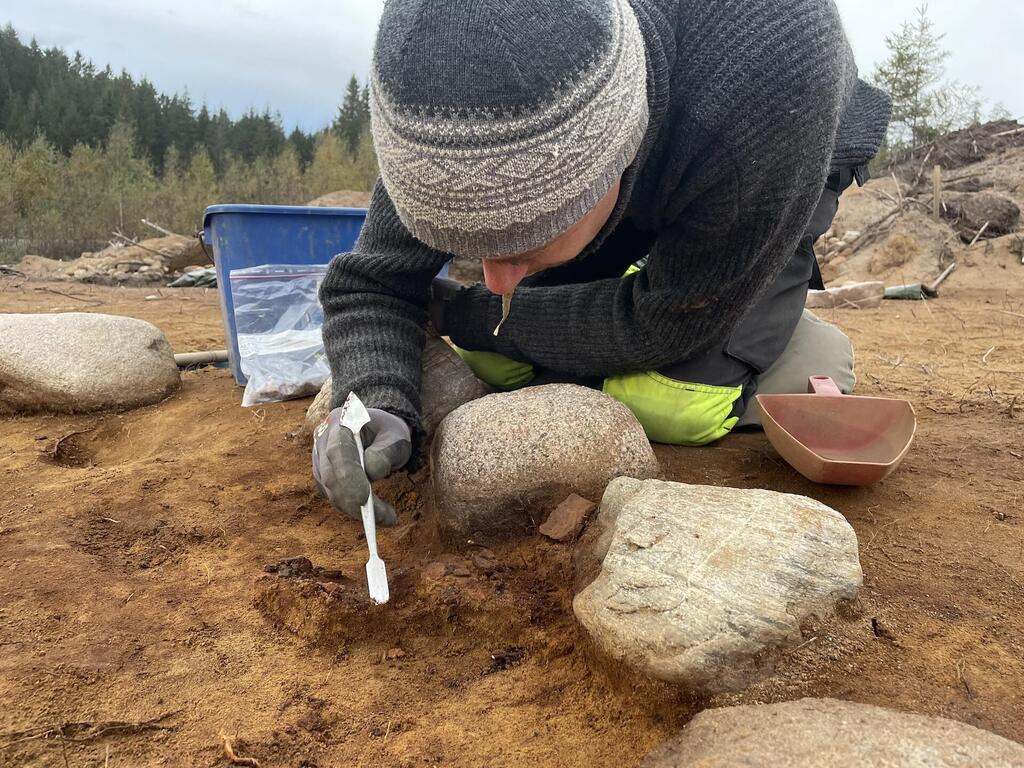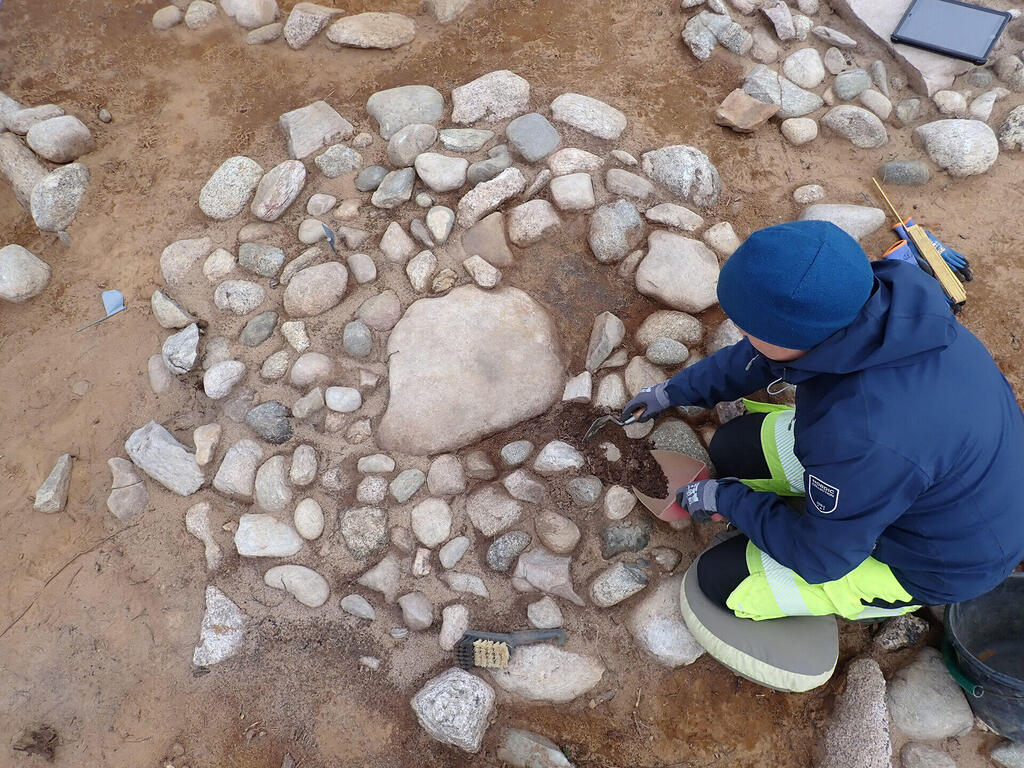Getting your Trinity Audio player ready...
Archaeological surveys are routine in Norway before any road construction or projects
which would include intervening in nature to ensure that no historically significant areas are disturbed. However, when construction was about to begin, local archaeologists discovered ancient burial grounds for children.
In the autumn of 2023, a team of archaeologists from the Museum of Cultural History at the University of Oslo investigated an area near the town of Fredrikstad, founded in 1567 by Frederick II, King of Denmark, and considered a major city in the Østfold region.
4 View gallery


The burial ground 80 km from Oslo
(Photo: Museum of Cultural History, University of Oslo)
Researchers were surprised to uncover 41 graves marked by remarkably symmetrical stone circles. These stone circles ranged in diameter from one to two meters, with stones placed side by side, and some graves had a large stone at the center of the circles.
Upon removing the stones and excavating beneath them, researchers found remnants of pottery shards and burnt bones. After examining the bones, they concluded that almost all the buried bodies in the either infants or children under 7 years old, except for two adults. They were buried about 80 km south of Oslo and close to the Swedish border.
Estimates suggest that infant mortality rates were likely high during the Bronze and Iron Ages in Norway. However, the area where infants and children were buried almost exclusively is the first of its kind discovered in Norway. This finding raises many speculations and questions: Why were the children buried in a separate location? Why specifically at this site? And how did this tradition continue for several hundred years?
Most of the young burials were dated between 800 and 200 BC, indicating that their death was not caused by a natural disaster or a deadly incident where all perished. The exposed graves are located in a culturally rich area, including numerous petroglyphs from that period depicting sun symbols and figures.
Norwegian archaeologists initially believed they would find traces from the Stone Age and did not imagine they would uncover such a uniquely distinctive burial site that bridges the transition from the Bronze to the Iron Age. The infants' graves led to many questions about the people who lived in this area during that period, particularly focusing on the young individuals buried. Future research on the pottery shards and burnt bones will hopefully shed light on the local culture and its origin.
One of the hypotheses regarding those buried at the Norwegian burial site claimed it was an egalitarian society, explained by the lack of distinctive differences between the various graves. They used the same burial method, design, materials, and burial objects in all burials.
Currently, an exhibition titled "In Memory of the Children" is being held at the Museum of Cultural History in Oslo, displaying a reconstruction of a grave, including the symmetrical stone circles that marked it. Visitors can learn about the archaeologists' meticulous and emotional process of the excavations, gaining insights through photographs, video materials, and significant findings.




